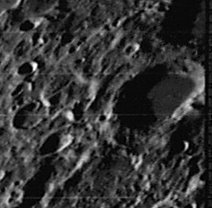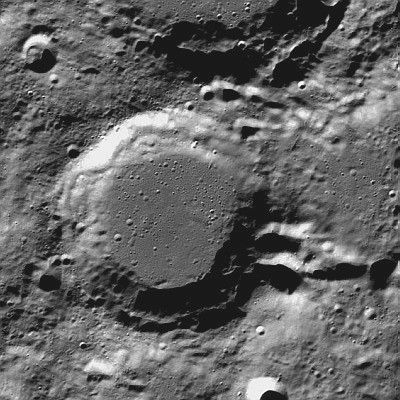Cusanus
Contents
[hide]Cusanus
|
Lat: 72.0°N, Long: 70.8°E, Diam: 63 km, Depth: 3.8 km, Rükl: 6, Nectarian |


left: LOIV-165-H1 . right: LROC
Images
LPOD Photo Gallery Lunar Orbiter Images
Maps
(LAC zone 5D2) USGS Digital Atlas PDF
Description
Description: Wikipedia
Additional Information
Depth data from Kurt Fisher database
- Westfall, 2000: 4.61 km
- Cherrington, 1969: 3.59 km
- Measures on LRO QuickMap give depth about 3.8 km
Nomenclature
- Named for Nicholas of Cusa (1401– August 11, 1464) a German philosopher, jurist, mathematician, and an astronomer. He is widely considered as one of the greatest geniuses and polymaths of the 15th century. He is also referred to as Nicolaus Cusanus and Nicholas of Kues. Nicholas is also considered by many to be a genius ahead of his time in the field of science. Nicolaus Copernicus, Galileo Galilei, Johannes Kepler and Giordano Brunowere all aware of the writings of Cusanus.
- According to Whitaker (p. 224), the name Cusanus was first assigned to the present feature by Schmidt. The same name (in the form Cusae) had previously been used by Van Langren for a feature Whitaker believes to be Eudoxus kappa (p. 195), and (in the form Cusanus) by Riccioli for what Whitaker thinks was T. Mayer alpha (p. 211) . These latter two features are lunar peaks which eventually had IAU approved Greek-lettered names (since discontinued).
LPOD Articles
Bibliography